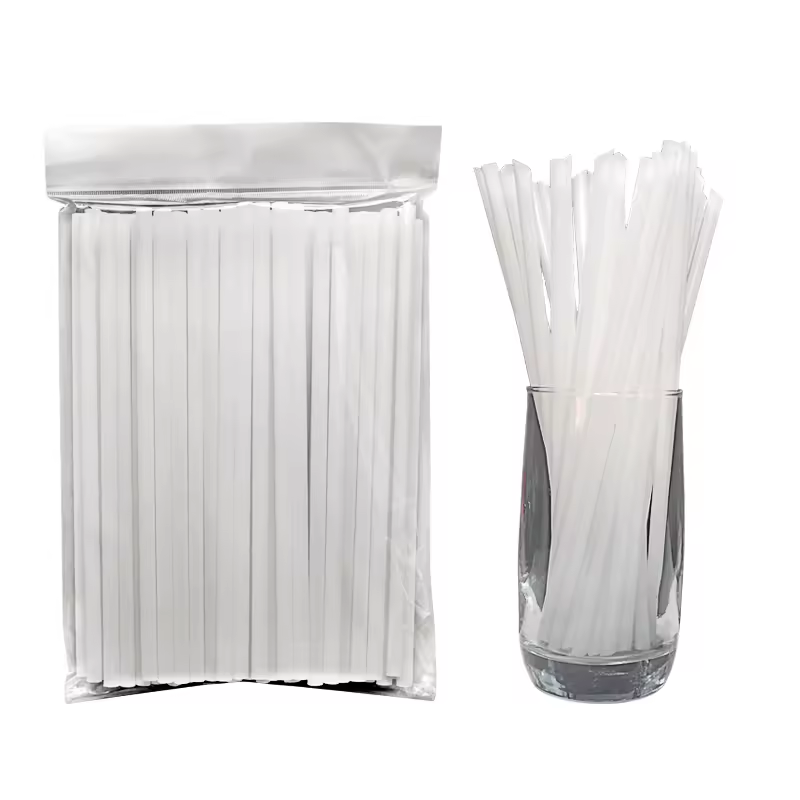What Are the Disposal Options for Biodegradable PLA Straws?
Biodegradable PLA (polylactic acid) straws have emerged as a promising alternative to traditional plastic straws, offering a more environmentally friendly option for businesses and consumers alike. However, ensuring proper disposal is crucial to maximizing their environmental benefits. Let's explore the various disposal options for biodegradable PLA straws and delve into their implications for environmental responsibility.
1. Commercial Composting Facilities
One of the most effective disposal options for biodegradable PLA straws is sending them to commercial composting facilities. These facilities are equipped to handle organic waste, including PLA-based products, and facilitate their decomposition into natural elements such as water, carbon dioxide, and organic matter. By composting PLA straws, businesses and individuals can contribute to the production of nutrient-rich compost for agricultural purposes, closing the loop on the product lifecycle.
2. Industrial Recycling Facilities
Some regions have access to industrial recycling facilities that accept PLA materials for recycling. While PLA straws are technically recyclable, the infrastructure for widespread PLA recycling is still developing and may not be available everywhere. However, where facilities exist, recycling PLA straws can help divert them from landfills and reduce the demand for virgin plastic materials.
3. Landfill Disposal
Although not the preferred option from an environmental standpoint, landfill disposal is still a reality for many biodegradable PLA straws. When sent to landfills, PLA straws may take longer to decompose compared to composting facilities due to the lack of oxygen and microbial activity in anaerobic conditions. However, they will eventually break down into non-toxic components without leaving harmful residues, unlike traditional plastic straws.


4. Home Composting (Limited)
In theory, biodegradable PLA straws can be composted in home composting systems. However, successful decomposition relies on specific conditions, including temperature, moisture levels, and microbial activity, which may not be consistently met in home compost piles. As such, while home composting is a potential option, it may not always yield optimal results and could lead to incomplete decomposition or contamination issues.
5. Incineration
In regions where waste-to-energy facilities exist, incineration can be another disposal option for biodegradable PLA straws. When incinerated at high temperatures, PLA materials can generate heat energy, which can be harnessed for electricity generation. While incineration reduces the volume of waste sent to landfills and offsets fossil fuel consumption, it is not a sustainable long-term solution and should be complemented by efforts to prioritize recycling and composting.
The disposal options for biodegradable PLA straws offer a spectrum of choices, each with its own environmental implications and considerations. To maximize the environmental benefits of PLA straws, businesses and consumers should prioritize sending them to commercial composting facilities where available. In regions without access to composting facilities, recycling and landfill disposal remain viable alternatives, albeit with differing degrees of environmental impact. Ultimately, by choosing responsible disposal practices, we can collectively contribute to a more sustainable future and mitigate the environmental footprint of single-use plastics.






